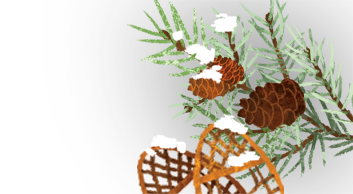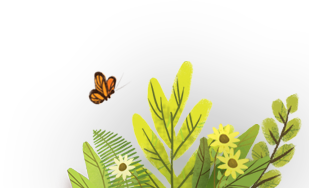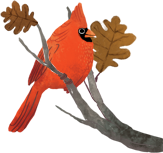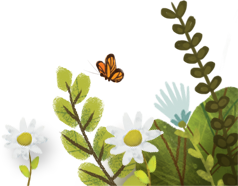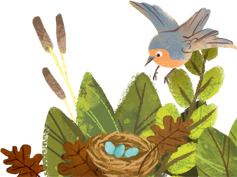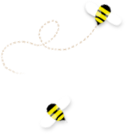
Bird Study
Quarry Hill's Bird Study Room provides visitors with an up close look at Minnesota-native birds - either those that are mounted and on display or those that are living and feeding right outside the windows in our bird study observation area. Seeds, suet, and sweet nectar, we provide a gourmet buffet for the birds everyday. Come in and experience the beauty of birds up close!
Did you know?
- Inside the Bird Study room are 30 mounted songbirds, 20 nests, and 20 eggs on display.
- Seven pair of binoculars allow visitors to sit inside and observe outdoor activity in the trees or at the feeders. Some of the most common birds to see are Black-capped Chickadees, Downy Woodpeckers and White-breasted Nuthatches.
- Look closely and you might see birds with small silver bands on their legs. These birds have likely been captured, banded, and released right here at Quarry Hill.
- You can listen in on the bird conversations, our feeders are wired for sound.
- Each year between 500 and 1,000 birds are caught, banded, and released at Quarry Hill.
- We feed our birds black oil sunflower seeds. We use more than 1500 pounds of seed each year.
Try this
- Part of the Sundays at Quarry Hill program, Bird Sunday offers families the opportunity to work with Quarry Hill staff to trap, net, band, and release birds.
- The first Saturday of the month, the Zumbro Valley Audubon Society holds bird walks.
- Families are invited to set out on their own bird walk. Bird guide books and binoculars are available at the front desk to check out and use, free-of-charge, on Quarry Hill's 8+ miles of walking and hiking trails.
- Check out a Birding Basics Discovery Pack at the front desk and soar through the wonderful world of birding.
Federal Bird Banding Stations
Organized and coordinated bird banding began in North America in the early 1900’s. John James Audubon attached silver wires to the legs of several nestling Phoebes.The next year he observed two of these birds when they returned to the same area.
Migratory songbirds are federally protected species studied in depth by modern day scientists following in John James Audubon's footsteps. Today, people involved in this work, both scientists and citizen scientists, must obtain federal permits. Permitted banders are supplied with coded aluminum bands, most of which have unique 9 digit numbers, and undergo training and apprenticeships to learn the process of safely trapping and banding a bird.
At Quarry Hill, permitted banding began in the early 1970’s and continues today. Every year the network of banders in the US and Canada attach bands to nearly one million new birds. Most years, 500 – 1000 of those birds are caught and banded here at Quarry Hill. When banded birds are recaptured or found again, more is learned about life spans, movement, and population trends. A banding data base is maintained by the United States Geological Service and available to researchers. Currently, the database contains more than 70 million entries.



